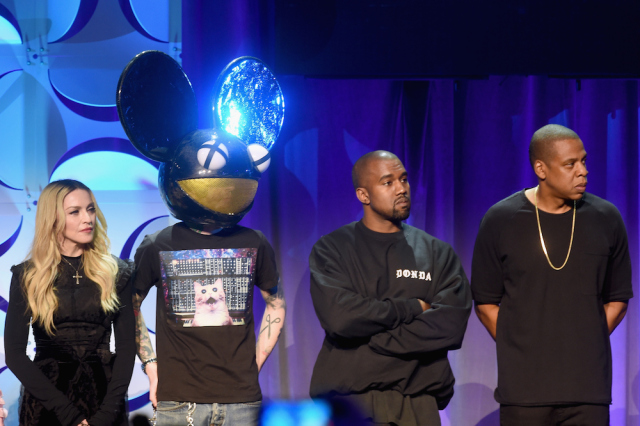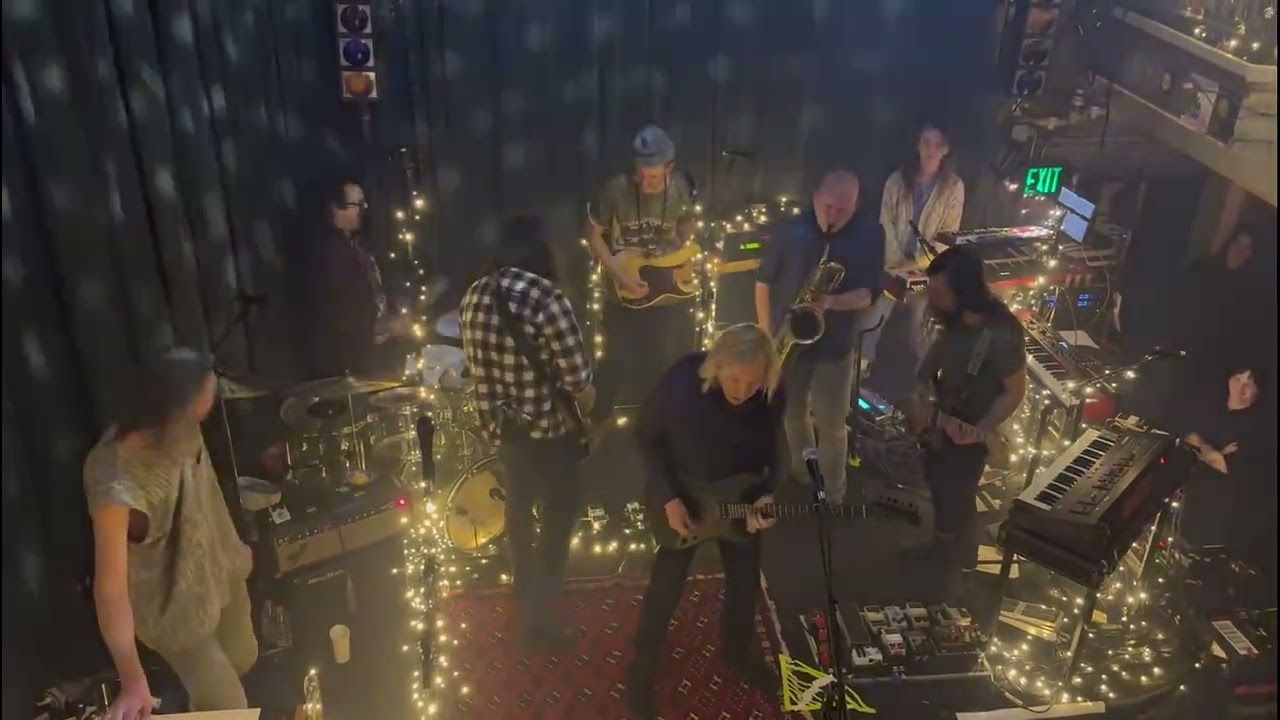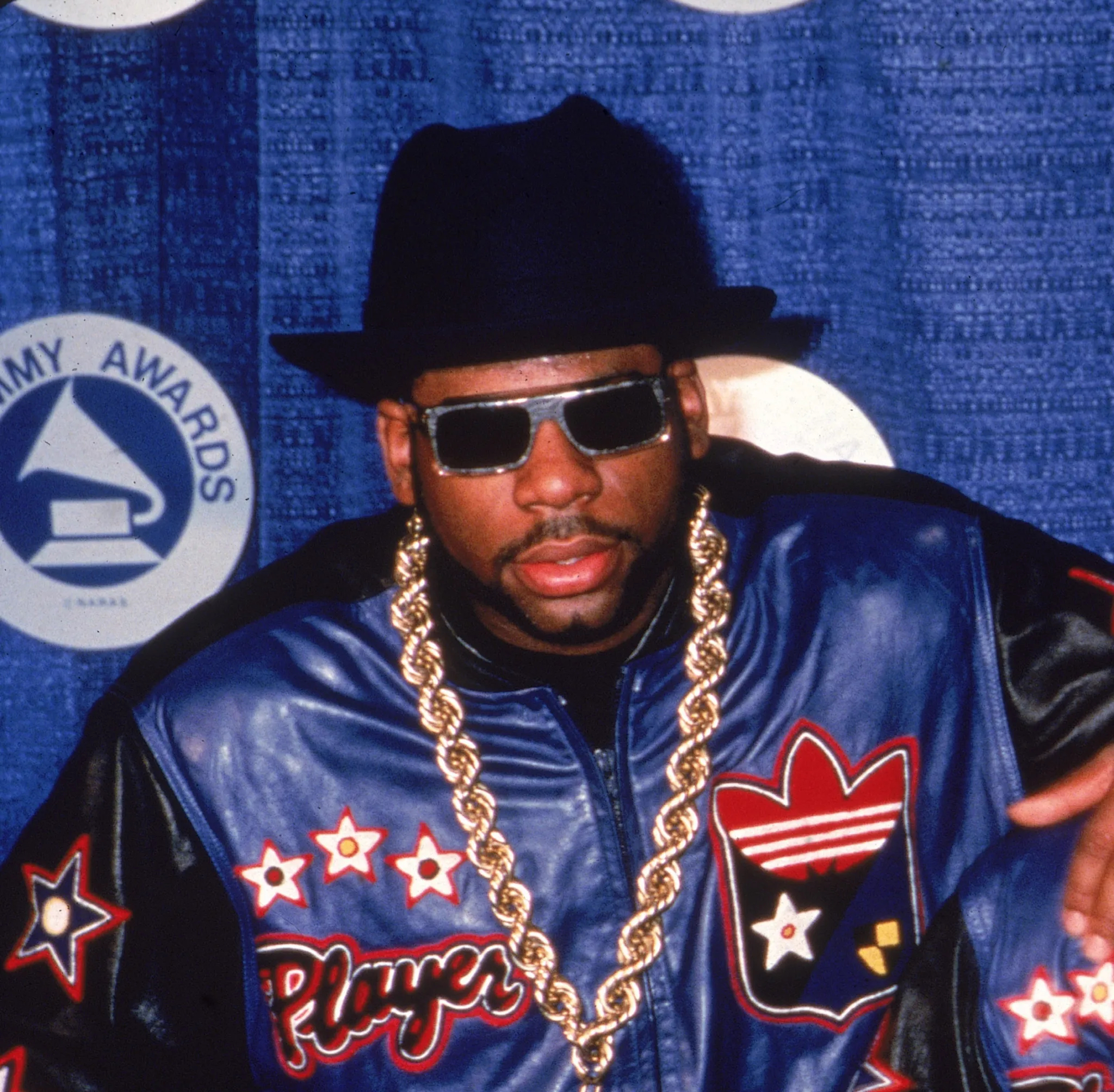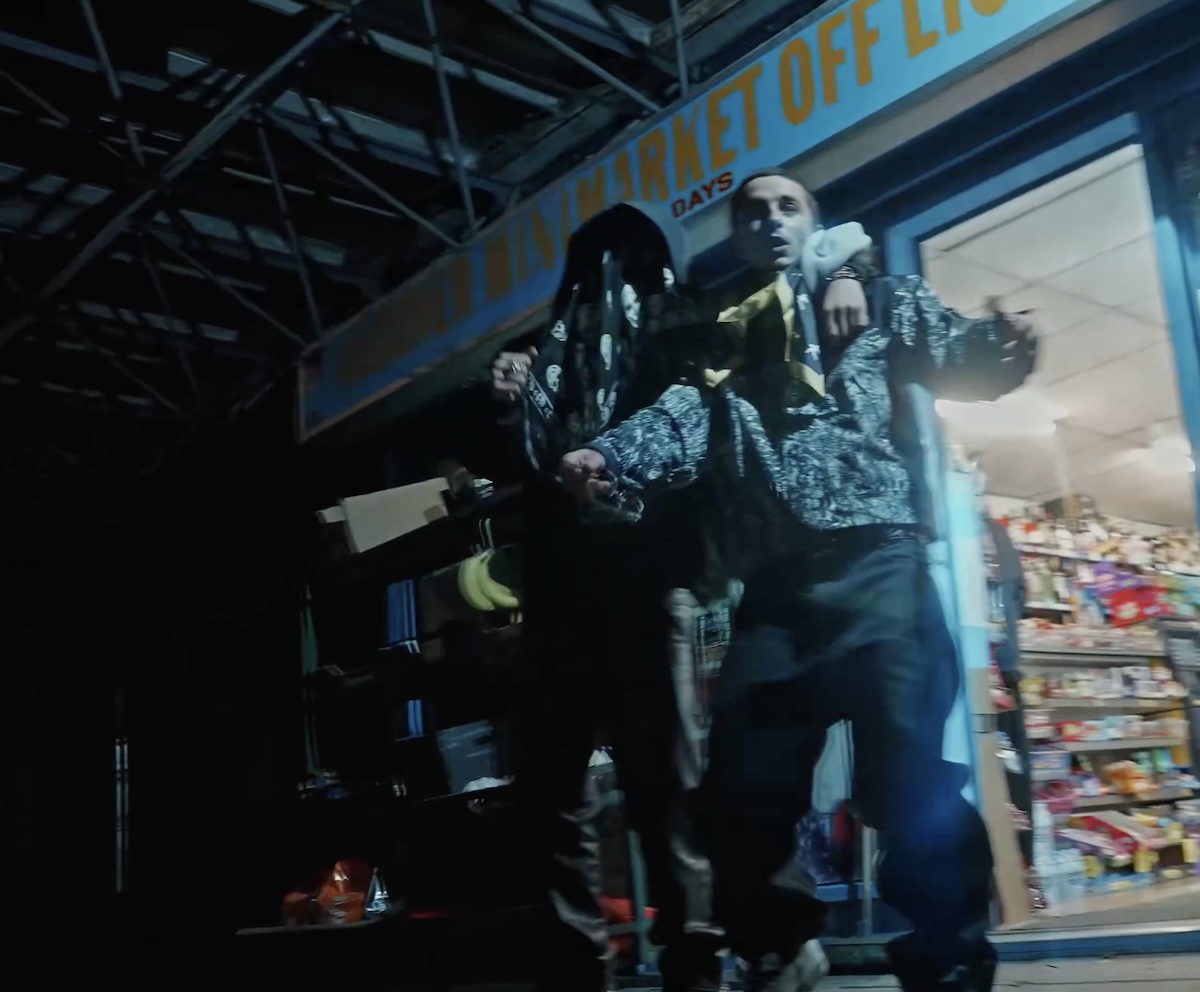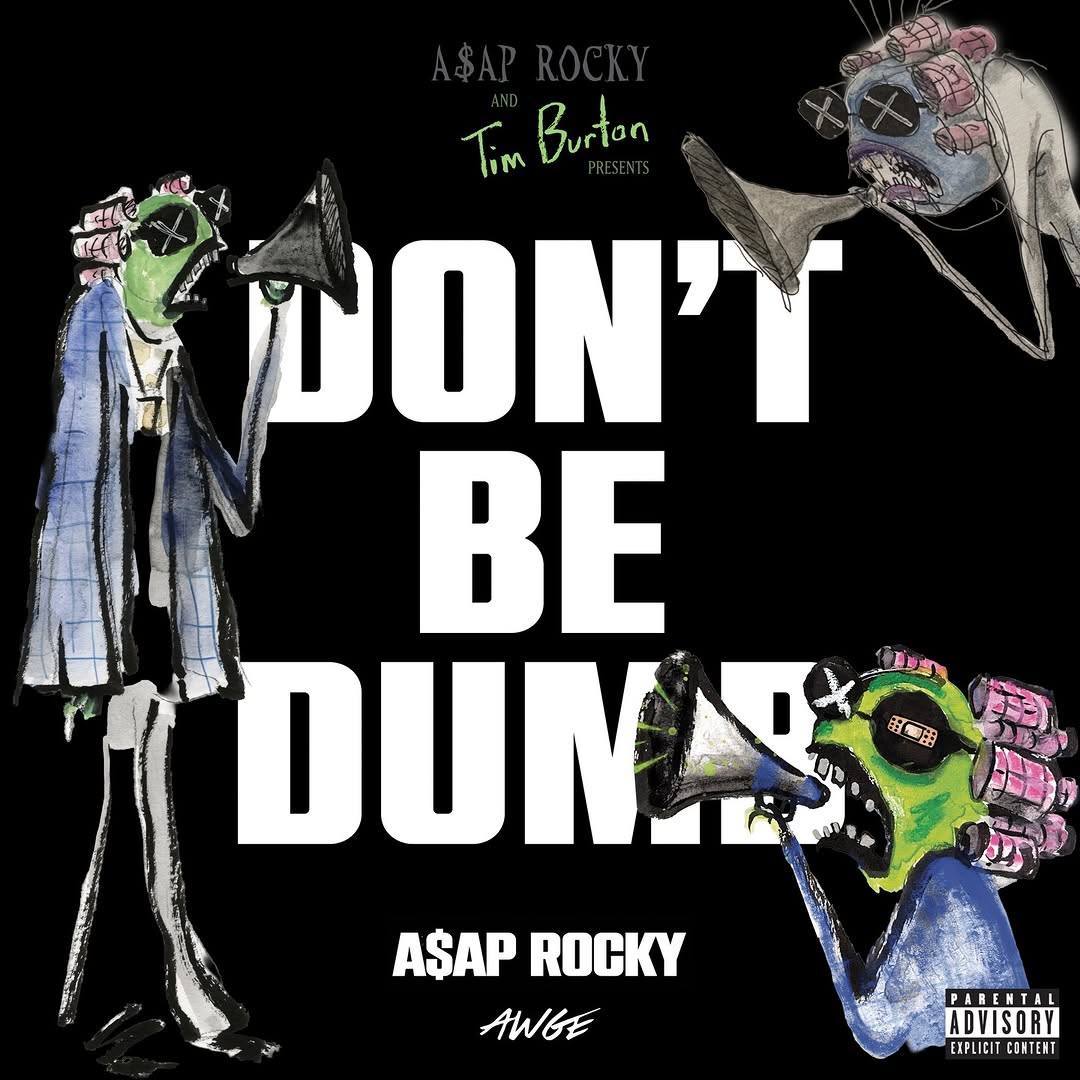Ever since its loud, hubristic launch event a month ago, Jay Z's new streaming service Tidal has been in damage-control mode, with the company doing everything it can to avoid being seen as a vanity project from a bunch of millionaire pop stars. As part of that effort, Jay jumped on Twitter last weekend to insist that Tidal is a new company still finding its way and that people shouldn't be judging it yet. And now Tidal's chief investment officer Vania Schlogel, as part of that same push, recently talked to The Hollywood Reporter, hoping to draw attention to Tidal Rising and Tidal X, company initiatives that will supposedly support artists who aren't quite so established yet. But in the interview, she also clarified that one of Jay's Twitter claims isn't as utopian as it sounds.
On Twitter, Jay had this to say:
Tidal pays 75% royalty rate to ALL artists, writers and producers - not just the founding members on stage.
— Mr. Carter (@S_C_) April 26, 2015
And it turns out that Tidal really will pay out 75% of its revenue in royalties, which is above the industry standard. But most of it will -- surprise! -- to to the record labels. Here's what The Hollywood Reporter says:
There was some confusion on the Internet about whether "royalty rate" was a percentage of Tidal's total revenue. According to Schlogel, it is. The industry standard royalty rate, she says, is 70% (roughly 60% to record labels, roughly 10% to artists via publishers). Tidal pays 62.5% and 12.5% (which equals the 75% Jay Z is referring to).
This might be a necessary business expense, and it might not damn the whole enterprise, but it sure comes across less like those numbers are going to support the little guy.
In other Tidal news, Time is refuting Jay's implicit claim that Tidal has racked up 770,000 subscribers in less than a month. Here's Jay:
Tidal is doing just fine. We have over 770,000 subs. We have been in business less than one month. #TidalFacts
— Mr. Carter (@S_C_) April 26, 2015
And while that may be an accurate number in terms of total subscriber base, it also includes the number of people who were on board before that launch event. Aspiro, the Swedish company that Jay bought, had a streaming service called WiMP before Tidal existed. Here's what Time wrote:
The vast majority of those users were using Tidal before Jay Z showed up. Aspiro previously had another music streaming service called WiMP, which had 500,000 paying subscribers at the end of 2014. The WiMP and Tidal platforms were merged in March, just before Tidal’s relaunch. So it’s unclear how many new subscribers Tidal has picked up thanks to all its publicity in recent weeks.
Mostly, this whole thing just makes me feel relieved that I'm not important enough for anyone to be factchecking my Twitter feed.
